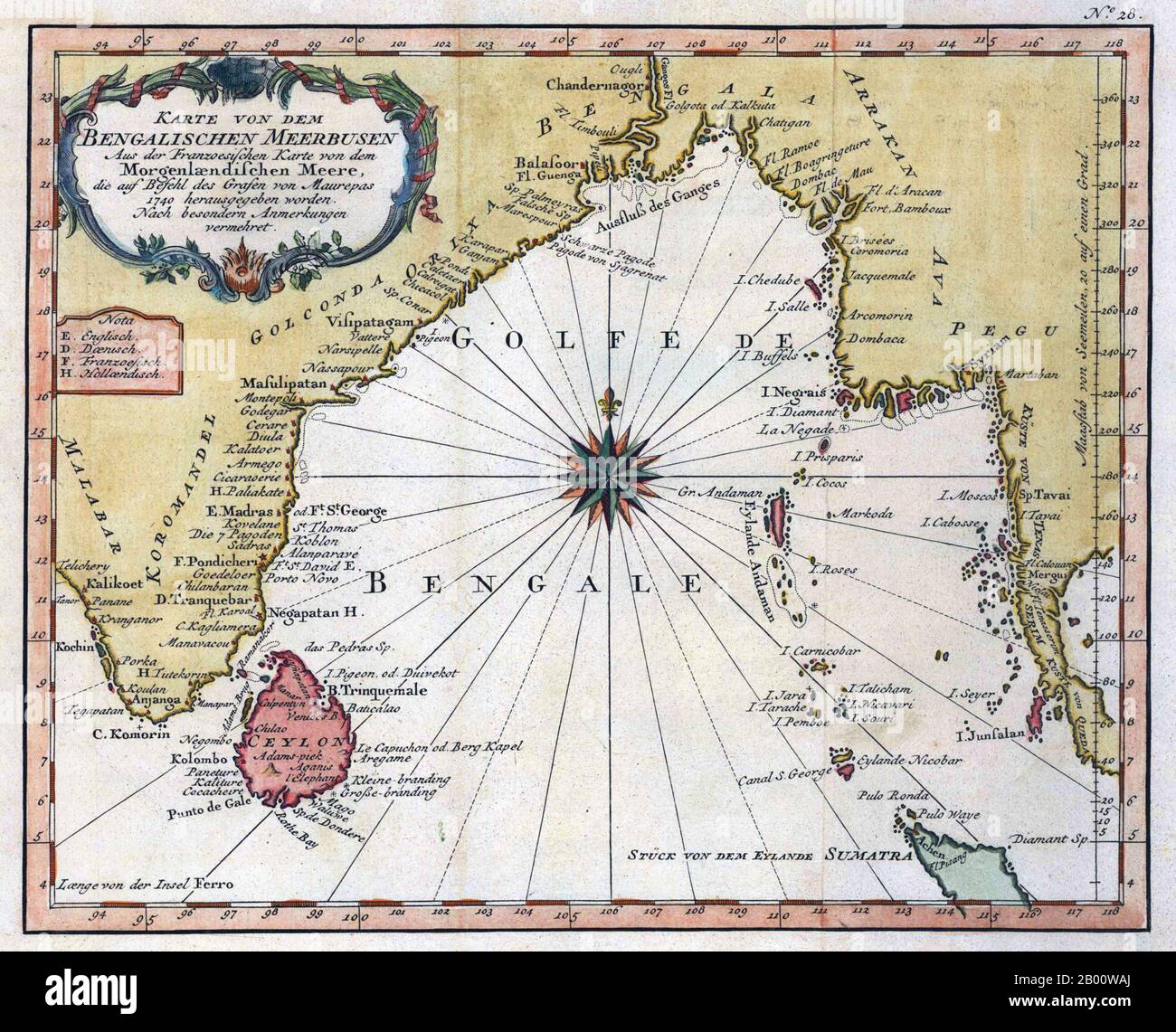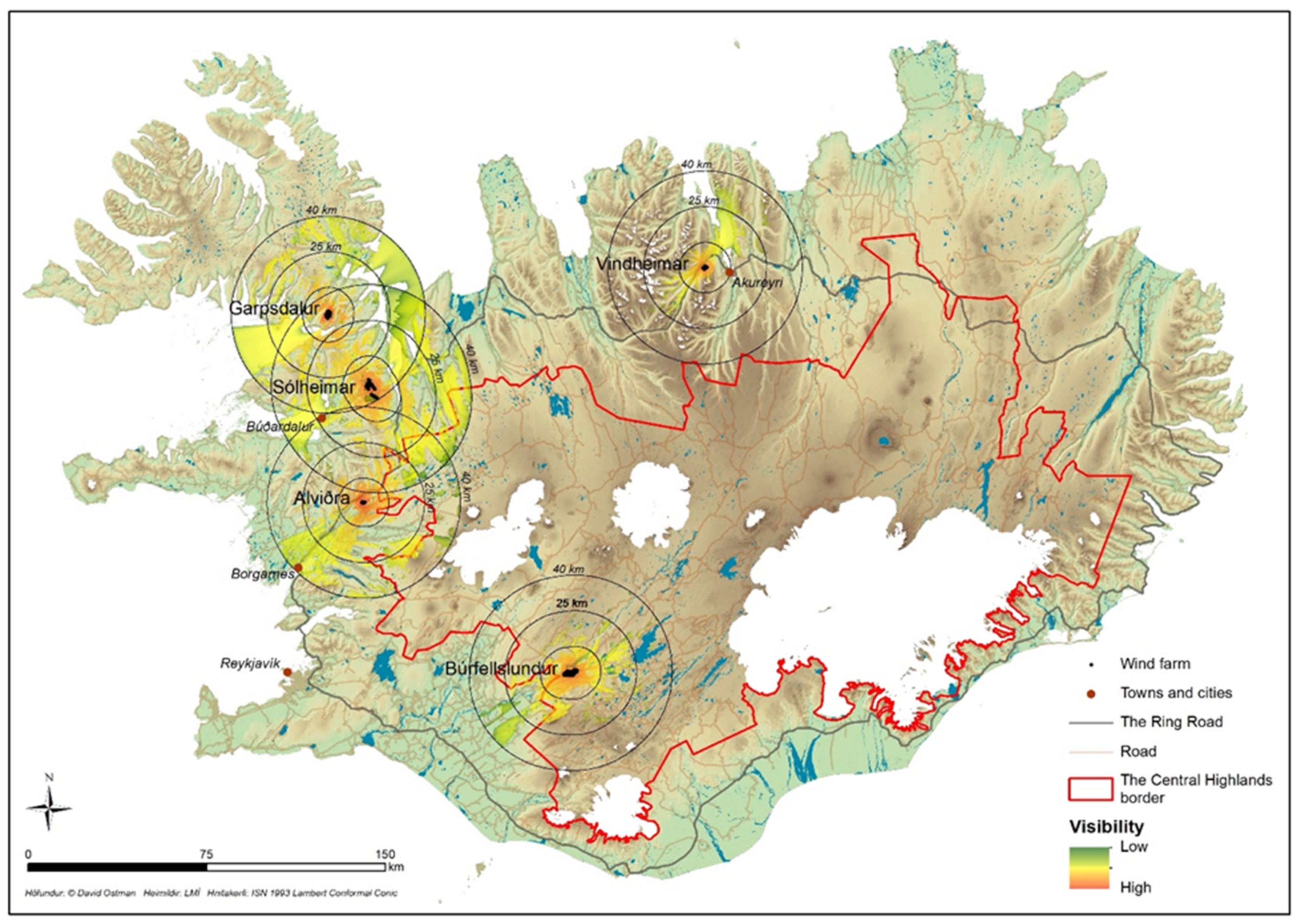
The Firaxis distance is always an integer, or half an integer, so there are many more city sites at the “same distance” than you might first expect. This method of calculation is unintuitive at first, but with practice, it becomes easy to “see” the rings at a given distance. It’s important to understand how the rings work, which has been explained in detail in the alexman thread. I call this Ring City Placement, because the cities at the same distance form a “ring” on the map. There’s a way to take advantage of this: build several cities at exactly the same distance from the capital. When I read this, after a while, a question occurred to me: what happens if two cities are at the same distance from the capital or FP? This called for some tests, but the answer is that only cities that are closer count for corruption purposes cities at the same distance don’t increase corruption in other cities at that distance.

On the other hand, if you try to work all of your land with relatively few cities, to minimize corruption of the second kind, then the cities are spread out and far away.Īlexman discovered that corruption of the second kind depends on the number of cities that are closer to your capital or forbidden palace than a given city. There is a natural tension between these two: you can achieve low corruption of the first kind by placing many cities very close to your capital (a la ICS), but this means that if you want to exploit all of your land, you need a lot of cities, and the corruption of the second kind is severe. Thanks to alexman and this thread Do you think you understand corruption?, we know that corruption has two sources: corruption due to the distance from the capital or forbidden palace, and corruption due to the number of cities. RCP is based on a different principle: reducing corruption.


Other placement strategies, like OCP, are based on land use patterns. Ring City Placement (RCP) is a new approach to city placement in your empire.


 0 kommentar(er)
0 kommentar(er)
